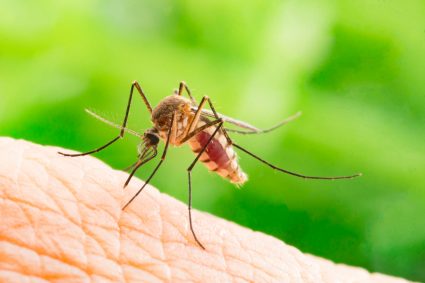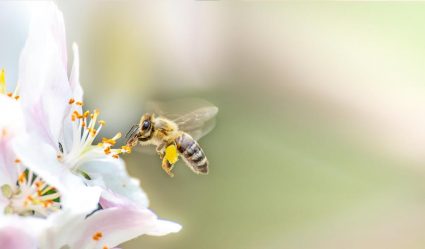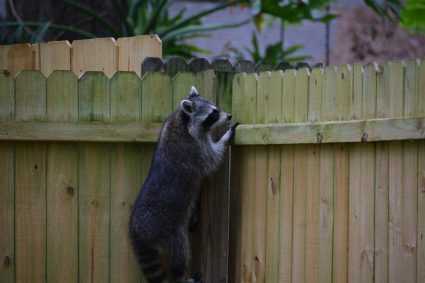
Say hello to summer and say hello to itchy mosquito bites!
Summer is the best season of the year, a time to soak up in the sun and host backyard barbeques. The only downside is having to repel mosquitoes.
When the weather gets hot, mosquitoes come out in full force, ready to bite anything. Unfortunately, summer is truly the perfect season for them, with its warmth and humidity.
You don’t have to resign, whether with your family or friends, to hide next to your air conditioner all season while these bugs enjoy roaming in your outdoor spaces.
There are several natural ways to repel these annoying bugs, and planting different tree species is one way. Trees are all around us, and they are beautiful additions in their own right, brightening homes, purifying the air, and providing shade during the hot season.
Mosquitoes cause more harm than good, and although chemical deterrents are effective, they are expensive and might even cause adverse skin reactions.
Planting trees is a natural way to ward off mosquitoes, and examples of species to consider include:
- Camphor trees
- Eucalyptus trees
- Citrus trees
- Lavender trees, etc.
Continue reading to learn more about these trees and other varieties you can grow and how they help deter mosquitoes!
Trees offer many benefits and are your best defense against mosquitoes.
If you want to spend time outside, you do not always need to purchase expensive insect repellents. Just be sure to grow trees that are appropriate for your zone and those that match your preferences.
9 Trees To Grow for a Mosquito-Proof Outdoor Space
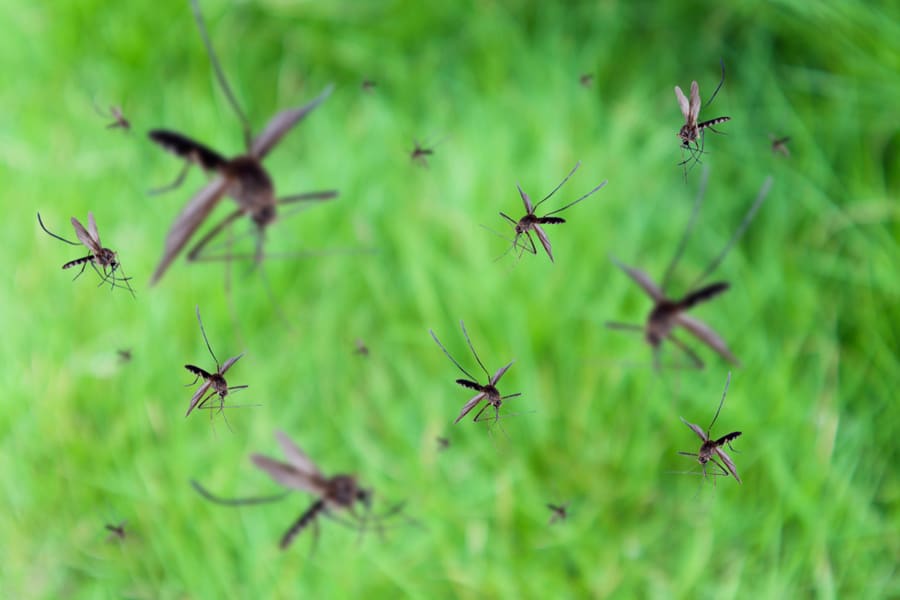
Some trees listed below, like lavender and eucalyptus, emit a soothing fragrance, but mosquitoes find it repulsive.
If you want to find a natural way to avoid getting bitten this season, have a look at the top nine mosquito-repellent trees.
1. Lavender Trees
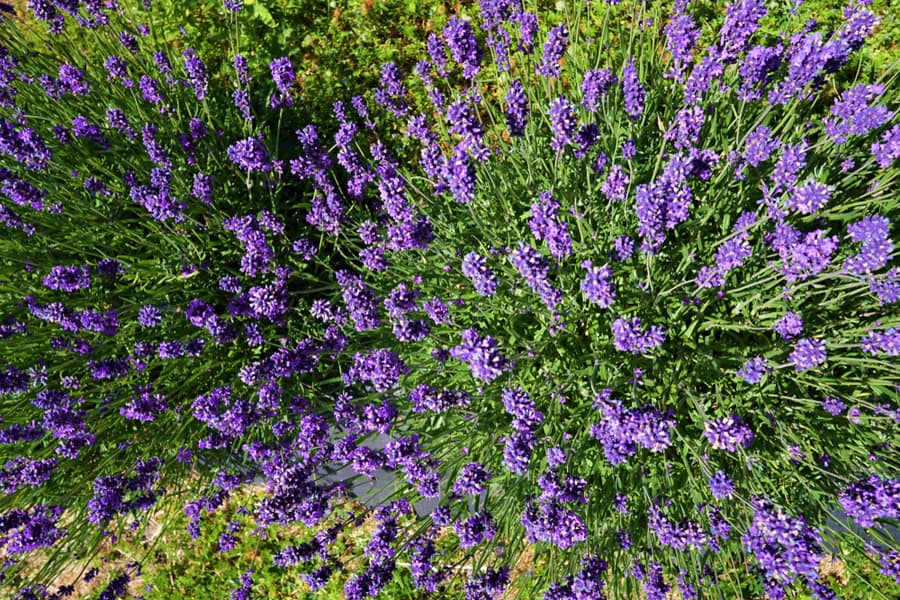
The sweet and calming aroma of lavender helps to repel mosquitoes, and you may use its dried flowers inside your home.
Lavender grows as a shrub or a decorative tree and requires little and adequate drainage.
Although it thrives in warmer regions, it can survive in any climate.
2. Cedar Trees (Thuja)

Besides being great security trees, cedar trees have earned a name for their effectiveness in repelling mosquitoes, ants, ticks, and other bugs, as they contain a common ingredient that makes insect-repellent products.
You can make a natural bug repellent by extracting cedar oil from thuja leaves, berries, and bark. Thuja is hardy and can withstand droughts in the summer and snow in the winter.
These trees can grow big depending on the strain you select, so give them plenty of room to expand.
3. Tea Tree (Melaleuca)
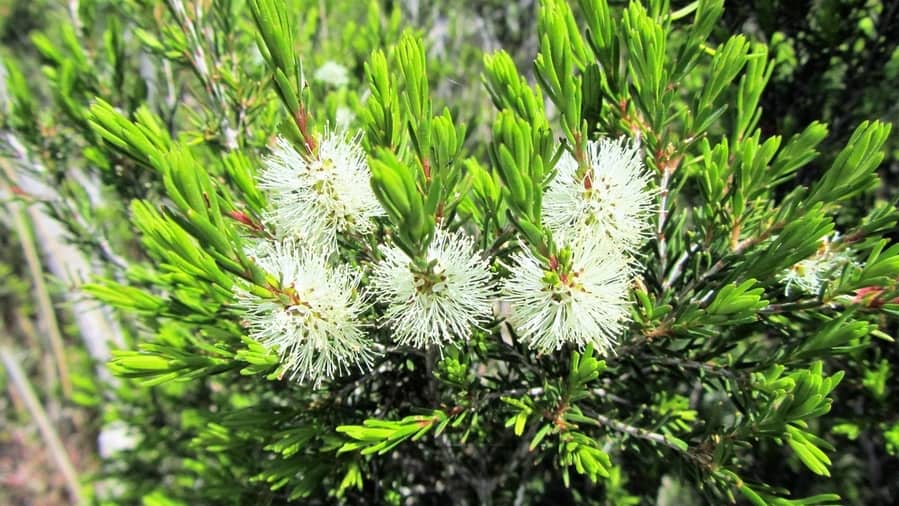
You may be familiar with tea trees because tea tree oil is an ingredient in most cosmetic products. With their potent aroma, tea trees can help keep mosquitoes and other insects away.
If you get bitten, apply the oil directly to the mosquito bites for immediate relief.
Tea trees are simple to grow in containers, and you may either prune this fast-growing tree to keep it small or let it loose to grow as large as you will allow. The main requirement is to keep this tree well-watered and prevent it from drying.
For home production, skim out the oils and use their antiseptic, antifungal, antiviral, and antibacterial capabilities in topical ointments and household cleaning products.
4. Clove Trees (Syzygium aromaticum)
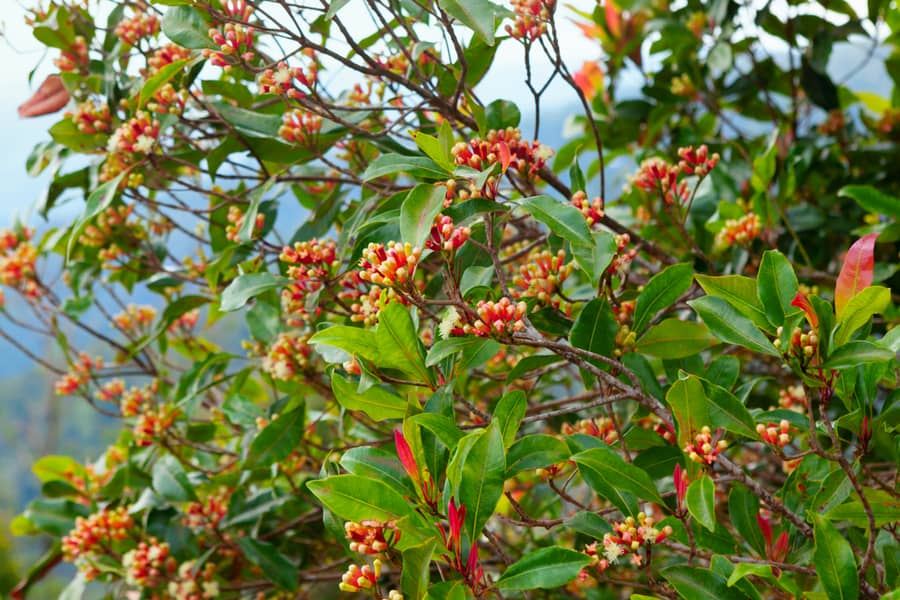
The nail-shaped, dried, unopened flower buds of the evergreen Syzygium aromaticum tree are called cloves.
Native to the North Moluccas islands of Indonesia, clove trees reach 26 to 40 feet and bloom after around 6 years.
The tree takes 20 years to reach full maturity and can produce fruit for over 80 years.
The flower buds gradually change color, and it’s until they turn bright red that you prepare to collect them. You can manually harvest cloves before the blossom opens.
Homemade insect repellents contain essential oil, and cloves’ potent aroma repels mosquitoes.
5. Eucalyptus Tree
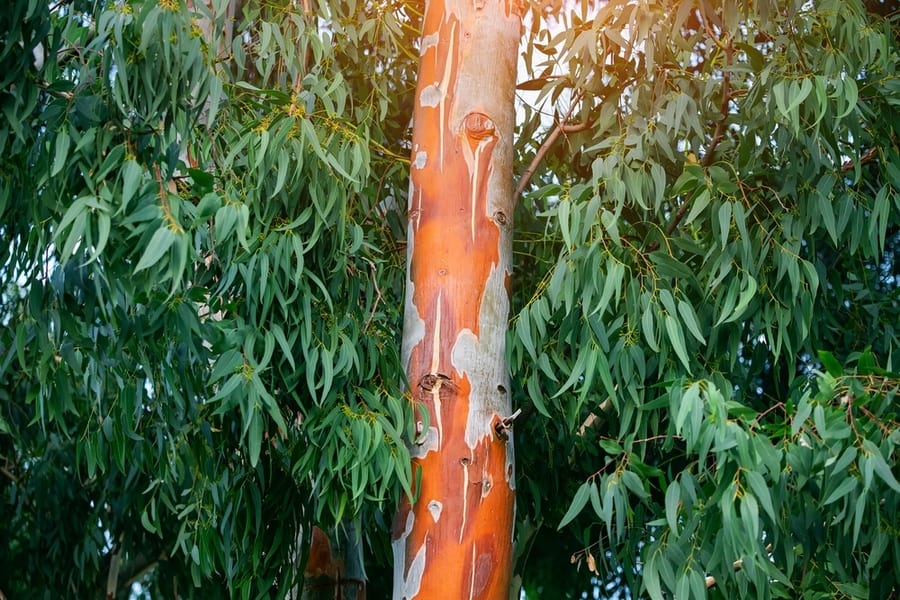
Eucalyptus trees are beautiful! The peeling bark and lovely blue-green leaves will capture your attention. These trees can produce beautiful hues when other trees are dormant in warmer climates.
These trees can grow in containers and are easy to maintain, which is an added plus. No matter the kind, these mosquito-repellent trees also offer a pleasant scent that is sweet and similar to mint or pine.
These enticing aromas keep fleas, ticks, and mosquitoes away. The leaves contain eucalyptol, an organic pest-repelling oil, and you can place dry eucalyptus leaves around your house to ward off mosquitoes.
Apply eucalyptus essential oil to soothe mosquito bites. It doubles up as an antibacterial agent, which makes it efficient and will aid in minimizing swelling.
6. Cadaga Tree
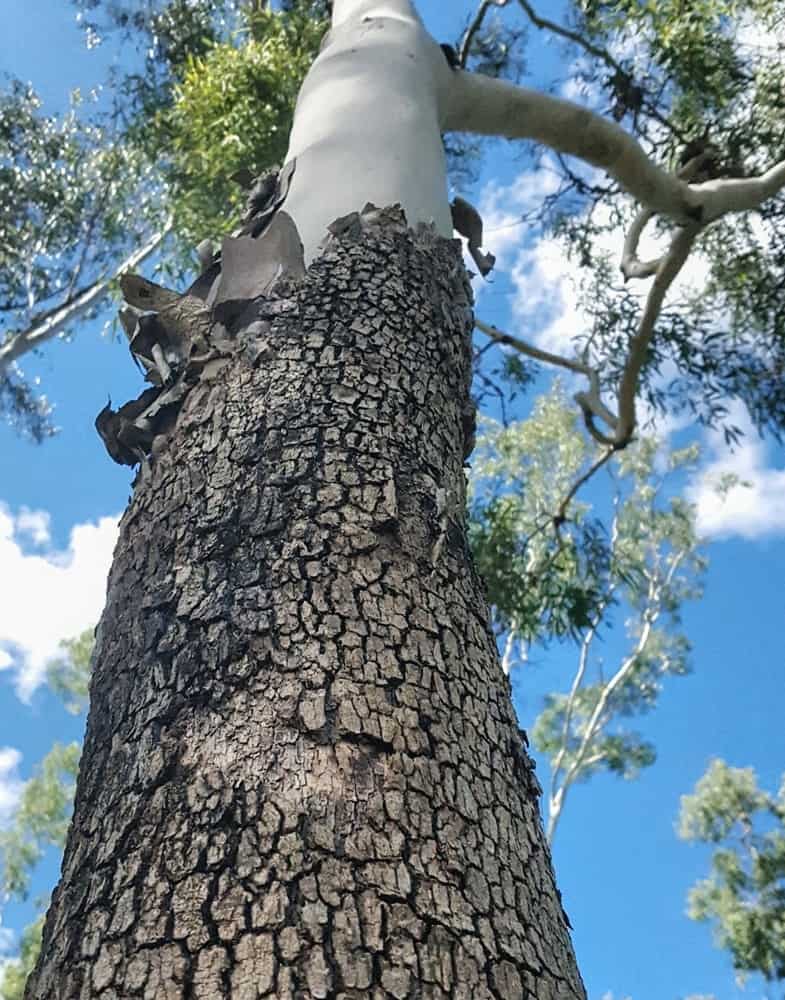
The Cadaga tree, a member of the eucalyptus family, is indigenous to Australia and thrives in zones 9 to 11.
Cultivate this frost-tolerant tree in containers because, under conducive environments, it may grow up to 40 feet tall and become widespread.
Wherever you plant this tree, the powerful oil it produces will help keep the area free of mosquitoes.
It is also attractive, with soft crimson leaves that grow in summer and a bark that increasingly peels as it ages.
7. Camphor Tree
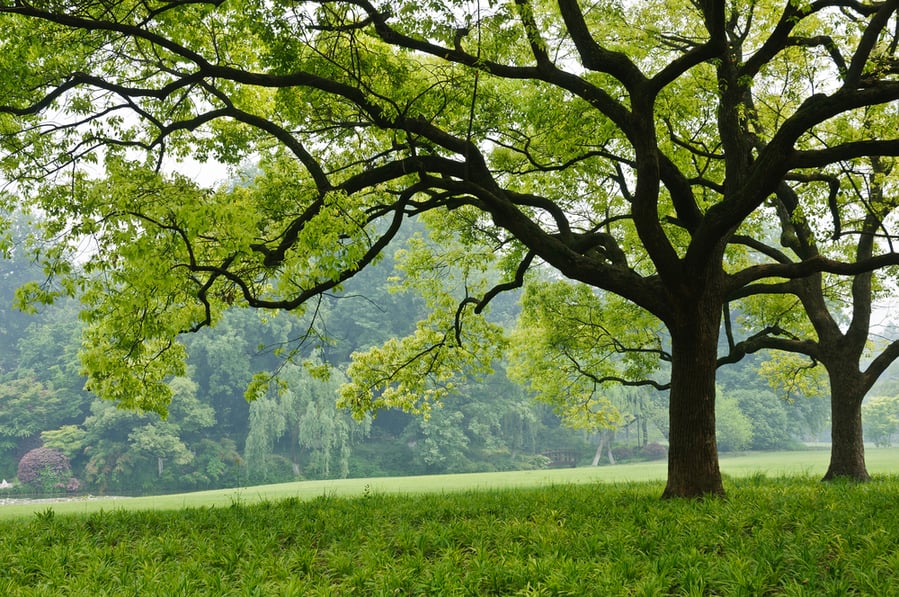
The camphor tree is a fast-growing, hardy tree that can withstand heat and has shiny leaves that smell wonderful.
It serves as a privacy screen, leaves little trash, and is entirely evergreen.
It releases camphor oil that repels insects.
8. Incense Cedar Tree

You should be able to note the difference between the incense cedar from the genuine cedar that is indigenous to parts of Asia.
Native to western North America, incense cedar can reach a height of 100 feet. These trees are common to plant for windbreaks, shade, and ornamental purposes because they are simple to trim and shape.
They are slow-growing trees that only add about six inches of growth for the first 10 years until they establish their root systems. Still, they can swiftly expand to five feet in width, which accounts for their popularity as a privacy screen when planted in groups.
Additional benefits include its pungent scent, popularity with woodworkers as an all-natural insect repellent, and decay resistance features.
When you plant it as a hedge or yard border, you have an extra defense against mosquitoes and wood-boring insects.
9. Citrus Trees
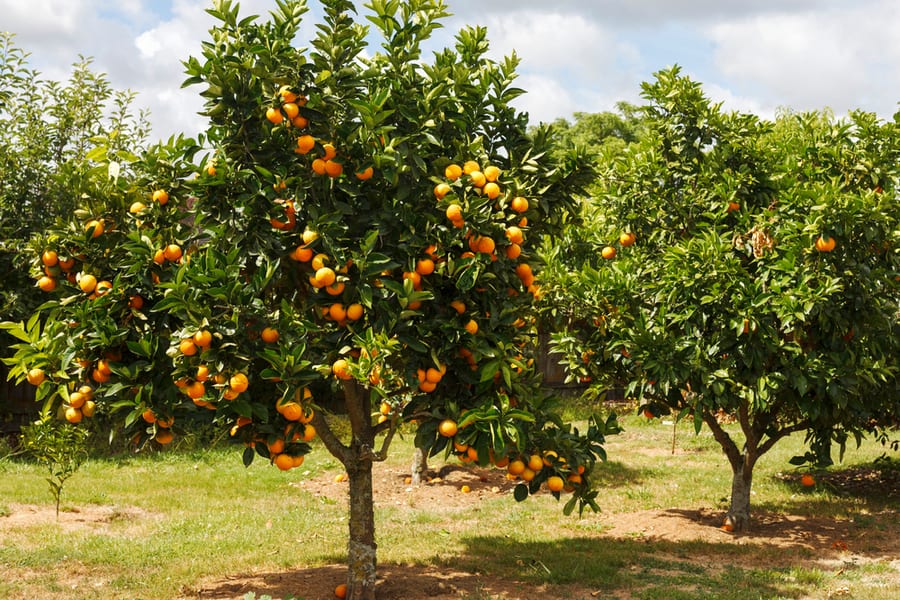
Oranges, lemons, limes, grapefruits, tangelos, and pomelos are flowering trees that fall under citrus trees. You can recognize the fruits from their leathery rind and the white pith surrounding the juicy segments.
D-limonene is a chemical in the peel and zest of oranges and lemons that keeps mosquitoes and other insects away. Nootkatone is an organic compound present in grapefruit peels.
Natural pesticides contain this powerful ingredient, which explains why citrus fruits are efficient against mosquitoes.
However, these fruits spread not only their citrus scent around the yard. The leaves contain citrus oil that repels mosquitoes. To get the mosquito-repelling effect, take a few leaves, mash them up, and apply this to your skin.
Conclusion
Nothing dampens your outdoor activities more than the constant presence of mosquitoes. The busiest time of the day for these persistent critters are dawn and night.
Growing some of these trees around your yard and close to your chosen outdoor locations will provide fresh air, improve your compound, and keep mosquitoes away for an itch-free summer.
Frequently Asked Questions
What Do Mosquitoes Hate?
Mosquitoes will stay away from:
- Natural scents: These include catnip, peppermint, citronella, cedar, cinnamon, lemongrass, and lavender.
- Tight and dark clothing: Mosquitoes are always trying to bite. Tight clothes make it more difficult for these to latch on you for a bite. They also prefer easy-to-see objects, and wearing dark clothing reduces their visibility.
- Dry areas: Moist places attract mosquitoes, and they prefer stagnant water to breed.
How Do I Get Rid of Mosquitoes in My Yard?
Here are some of the best ways to eliminate mosquitoes in your outdoor space.
- Eliminating stagnant water in your yard is one of the quickest ways to control mosquitoes. Any object that stores water, such as a bucket, puddle, tree stump, birdbath, or even a kiddie pool, may serve as a mosquito breeding habitat.
- Clean gutters. A clogged gutter can accumulate water, which is an ideal habitat for immature mosquitoes. This water is also rich in organic nutrients from leaves and sticks. Clean your gutters twice a year, focusing on late spring and fall. Installing gutter guards is ideal.
- Maintain a well-kept lawn. Mosquitoes prefer to rest and settle in dark, wet, and chilly environments. Trim the trees and shrubs, maintain your yard, and check that the grass isn’t too high to reduce the mosquito population in your yard.

